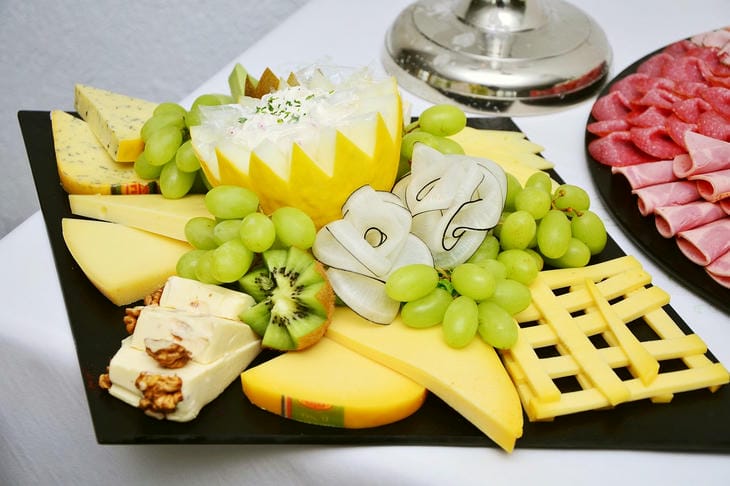A tuna cheese plate sounds like a fancy appetizer, but microbiologists from the Journal of Food Safety warn that the combination of histamine in fermented cheeses and fish could turn your dinner into a dangerous game.
When consumed together, these products trigger the release of immunoglobulin E, triggering a reaction similar to an allergy, but without the involvement of specific antigens.
Why is histamine dangerous?
Histamine is a biogenic substance that accumulates in fermented foods (cheeses, smoked meats, wine) and seafood when stored improperly.

In sensitive people it causes vasodilation, swelling, itching and hives.
In severe cases, anaphylactic shock is possible.
“This is not a true allergy, but the symptoms are almost identical,” explains Olga Muradova.
Pseudoallergy vs. Real Allergy: How to Tell the Difference
With a true allergy, a reaction occurs even to a minimal amount of the allergen, and tests reveal specific antibodies.
Pseudoallergy is dose-dependent: the more histamine in the food, the more pronounced the symptoms.
According to the University of Oslo, 30% of cases of “seafood allergy” are associated with the combination of fish and histamine-rich foods.
Who is at risk?
- People with gastrointestinal diseases (eg, irritable bowel syndrome);
- Those with reduced activity of diamine oxidase, an enzyme that breaks down histamine;
- Patients with chronic urticaria or asthma.
Gleb's story: not an isolated case
Kazan blogger Gleb developed Quincke's edema after eating Dor Blue cheese with salmon.
"I used to eat salmon on its own and it was fine. Apparently the cheese was the trigger," he wrote.
Allergists confirm: even if seafood itself is safe, its combination with aged cheeses (Parmesan, Gouda) increases the risk several times.
Cheese Alternatives: Safe Combinations
Chef Yulia Vysotskaya suggests replacing cheese with avocado:
"Its creamy texture mimics cheese, and its omega-3 fats reduce histamine levels."
Her recipe for tuna tartare with avocado puree and lemon juice has already become a hit.
Other options:
- Coconut yogurt - adds tang without the histamine;
- Tofu - neutral taste and rich in protein;
- Nut butters (cashew, almond) - for a creamy accent.
Histamine in Other Foods: What Else to Avoid
In addition to cheese and tuna, caution is needed with:
- Smoked fish and canned food;
- Sauerkraut and soy sauce;
- Red wine and beer.
Cultural Paradox: Why Tuna Cheese Is So Popular
This combination has become a trend thanks to Mediterranean cuisine, where fermented foods and seafood often coexist.
However, traditional recipes usually include fresh ingredients and acids (lemon, vinegar) that neutralize histamine.
Conclusion
Tuna cheese is a gastronomic trap. To enjoy the taste without risk, choose fresh products, avoid long fermentation and experiment with safe alternatives.
As Muradova says: “Your immunity shouldn’t pay for gastronomic experiments.”
